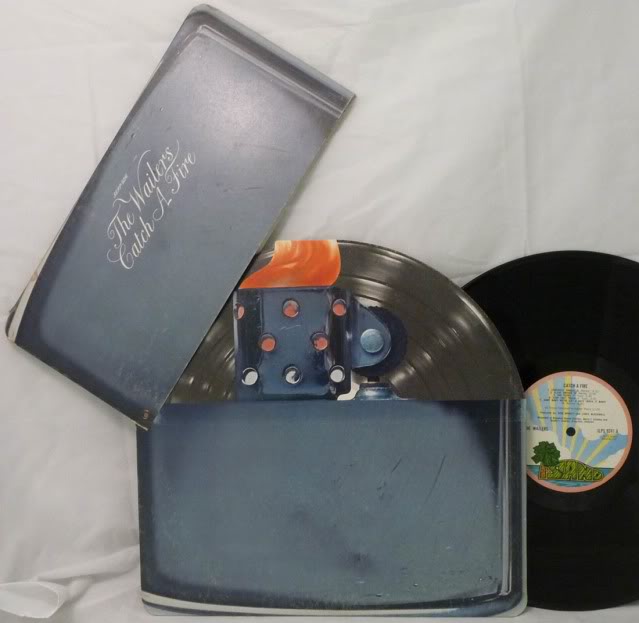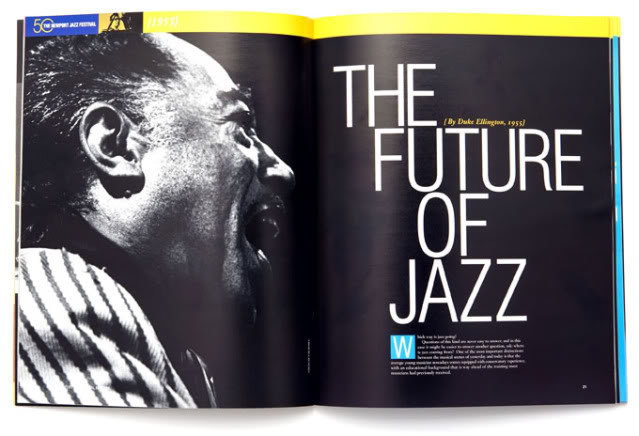We decided to profile Darhil Crooks on Large Up because we were pretty sure you didn‘t know that the same cat who designed album covers and tees for Buju Banton also happened to be the trendsetting art director of the award-winning Esquire magazine and we wanted to put you up. But once we sat down to reason with him, we started learning all kinds of things that even we didn’t know–like which former Jamaican Prime Minister happens to be his grandfather, about the time Dave Chappelle wore one of his t-shirts and how he came into possession of a miniature replica of Barack Obama’s head. In fact we learned so much we might have to break this interview into two parts. Maybe you better get started:
LU: So how did you get into the magazine world, you started while you were still in school correct?
DC: I was at the School of Visual Arts, working during the day–working my way through school basically–and happened to know this guy at my day-job who got a job at the Source magazine. You know, the once-prominent bible of hiphop. They needed somebody to help out and he remembered me from–we were at a catalog company—and so I went over there, starting on like a part-time basis and quit my job. Then it became full time, so that was my first official job. I was still in school but I kinda stopped going cause I actually had a job. So yeah, first job was at the Source. Mainly the infamous Record Report and stuff like that, the feature well. From there I kinda bounced around for a while. I was at Complex for a little bit, Wenner Media…then I got this gig.
Q: How long have you been at Esquire?
A: Five years. Been Art Director for most of that time, started as Associate and currently the Art Director.
Q: So you’ve been in magazines pretty much continuously. Was that what you were thinking about when you went to school?
A: No I went to school actually wanting to know more packaging, CD design, stuff like that. I just happened to take this editorial design class where you kinda create your own magazine so I did this hiphop magazine. It was called like 360 or something–and then the reviews you got rated by the number of degrees. I actually brought that to my interview with the source, that was my like “I want to be a magazine guy” I just kinda ripped off the Source. I was a big fan of the Source, so it was cool that I actually got to work there.
Q: Tell me how your work for (Buju’s label) Gargamel Music came about.
A: Well, I knew (label head) Tracii McGregor from the Source, so she was familiar with me and my work. She needed somebody to help out when they were trying to launch the label. She called me up and I said, Sure, love to do it.
Q: Did you guys bond over reggae?
A: We bonded over shared experience at the Source and bonded over reggae, of course. I’ve always been a big fan of Buju, big fan of reggae–and a fan of reggae album covers. Cause when I was a kid—I remember the Neville Garrick kind of covers, the Bob Marley albums. Especially “Confrontation,” I remember you open it up and it was like this big illustration of Selassie-I versus the Italians (actually it was Emperor Menelik II’s defeat of Italian invaders at the 1896 Battle of Adawa-ed.) I’d sit there for an hour as a kid just looking at that, so we talked about that and my desire to bring that energy to what she was doing with Buju. I just wanted to do something classic.






